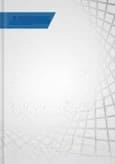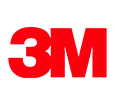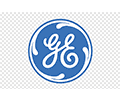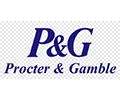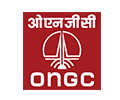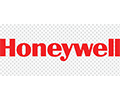Philippines Skincare Products Market
Source: The Report Cube
Understand The Key Trends Shaping This Market
Download Free SamplePhilippines Skincare Products Market Insights & Analysis
The Philippines Skincare Products Market is anticipated to register a CAGR of around 8.08% during the forecast period, 2026-32. Also, the market size was valued at nearly USD 2.44 billion in 2032 and is foreseen to witness nearly USD 3.89 billion during 2032. The rising customer awareness about skincare routines, an increasing middle-class population, and the extensive influence of social media & K-beauty trends are the key factors influencing the industry expansion.
Moreover, customers in the Philippines are displaying a robust preference for multi-functional products providing anti-aging, sun protection, hydration, and brightening effects. These trends are considerably shaping the Philippines Skincare Market, predominantly among the youth & working women. The country’s tropical climate has also elevated demand for moisturizers, face cleansers, and sunscreen.
Furthermore, face creams, serums, exfoliants, face masks, sunscreens, and anti-aging items are among the best skincare products available nowadays. Both global behemoths & regional herbal enterprises dominate the market, vying for the attention of the growing number of skincare-conscious consumers. Additionally, the Philippines Skincare Industry has positive future possibilities due to the increasing popularity of natural & organic skincare products, the growth of e-commerce, and mounting investments in strategic marketing & new product development by leading companies.
Also, to satisfy shifting customer preferences, various manufacturers, for instance, are incorporating formulations that are cruelty-free & dermatologist-approved. Further, with increasing per capita spending on personal care & ongoing urbanization, the Philippines Skincare Market is foreseen to expand considerably through 2032.
Philippines Skincare Products Market Upgrades & Recent Developments
2025:
- Unilever Plc introduced its new sustainable skincare line in Southeast Asia, highlighting biodegradable packaging & plant-based ingredients, aligning with the region's demand for natural skincare products.
- L'Oréal S.A. extended its presence in the Philippines by launching a new e-commerce flagship store providing AI-powered skincare analysis & virtual consultation services, improving customer accessibility & personalization.
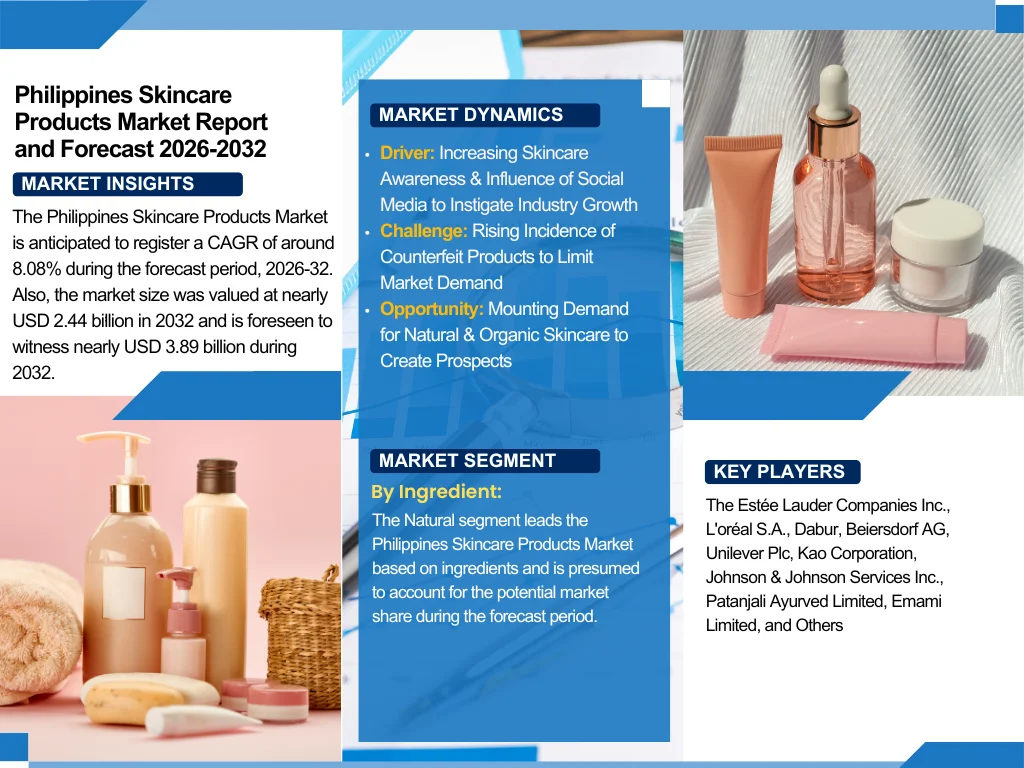
Philippines Skincare Products Market Dynamics
-
Driver: Increasing Skincare Awareness & Influence of Social Media to Instigate Industry Growth
Rising customer awareness of skin health & beauty is the primary factor driving the Philippines Skincare Products Market. Also, influencing skincare routines, encouraging product tutorials, and driving demand for prevalent components such as retinol, hyaluronic acid, and niacinamide, platforms such as TikTok, Instagram, and YouTube, are gaining popularity. The rising usage of cutting-edge skincare products is a result of Filipino consumers' high levels of online activity & receptivity to influencer recommendations, specifically among Gen Z & millennials.
Following multi-step skincare programs, such as the well-liked Korean 10-step regimen, has also become simpler for consumers owing to increasing product affordability & easier access to international brands via online retail. Also, the rising demand for skincare products that are both affordable & effective has pushed local & foreign companies to keep coming up with new ideas and increasing their product lines in the country.
-
Challenge: Rising Incidence of Counterfeit Products to Limit Market Demand
The prevalence of counterfeit & inferior skincare products is one of the major concerns faced by the Skincare Products Market. These unregulated goods, which are often offered for sale online & through unofficial retail channels, endanger consumers' health in addition to undermining the reputation of well-known businesses. Also, in a sector as delicate as skincare, the presence of counterfeit goods erodes customer confidence, which can be very damaging.
Additionally, authorities find it challenging to control the flow of these fake products as local regulatory enforcement is still in its infancy. Further, to combat these issues & safeguard their customers & reputation, companies need to make investments in strong authentication systems, consumer education, and safe distribution techniques.
-
Opportunity: Mounting Demand for Natural & Organic Skincare to Create Prospects
In the country, the natural & organic skincare trend is becoming more & more prevalent. Rising uncertainties about hazardous chemicals, allergies, and long-term skin health have led consumers to opt for products with natural components such as green tea, neem, turmeric, and aloevera. Also, brands now have a lucrative prospect to develop in the clean cosmetics industry due to this modification.
Furthermore, international brands such as Himalaya & The Body Shop, as well as local companies, including Human Nature, are leveraging this trend by offering reasonably priced plant-based goods that are consistent with moral & environmental principles. Additionally, the rising desire for cruelty-free, vegan, and eco-friendly products is also in line with this trend, which aids firms in attracting premium markets and cultivating devoted followings.
-
Trend: Digital Transformation & Personalized Skincare Solutions
A major market trend influencing the Philippines Skincare Products Market is the digital transformation of the skincare experience, like virtual try-ons, AI-based skin analysis, online consultations, and personalized product recommendations. Also, tech-savvy customers are progressively employing apps & digital platforms to track skincare routines, measure results, and interact with brands in a personalized manner.
Furthermore, this trend is being strengthened by investments from key companies in smart beauty tech & mobile-first campaigns. For instance, L'Oréal's AI-powered skin analysis tool assists customers in making informed decisions based on their exceptional skin issues. Also, such innovations are motivating higher engagement rates & conversion across e-commerce platforms and are presumed to play a vital role in the growth of the Philippines Skincare Products Industry.
Philippines Skincare Products Market Segment-Wise Analysis
By Ingredient:
- Chemical
- Natural
The Natural segment leads the Philippines Skincare Products Market based on ingredients and is presumed to account for the potential market share during the forecast period. Filipino consumers are inclining toward plant-based, herbal, and organic products as they become more conscious of the possible negative consequences of synthetic chemicals. Also, cultural adherence to conventional treatments & rising environmental awareness contribute to this shift. Further, companies that prioritize cruelty-free production approaches & eco-friendly, non-toxic packaging are becoming more & more popular. Moreover, consumers with sensitive skin, acne, or pigmentation problems have displayed a great requirement for natural skincare products.
By Gender:
- Male
- Female
- Unisex
The Female segment captures the biggest share of the Philippines Skincare Products Market. The country’s females are more proactive in implementing skincare regimens, specifically for sun protection, anti-aging, hydration, and pigmentation correction. Women's augmented employment & amplified disposable income have elevated the demand for high-end, personalized skincare products. Also, for several women, skincare has become a daily practice owing to exposure to local K-beauty culture & beauty celebrities. Furthermore, market companies that cater to women are also coming up with new products that are suitable for humid areas & hyperpigmentation concerns. However, the markets for unisex & male skincare products are also gradually budding due to altering grooming awareness & gender conventions.
What Does Our Philippines Skincare Products Market Research Study Entail?
- The Philippines Skincare Products Market Research Report highlights the forecast growth rate (CAGR) by anticipating the market size and share.
- The market analysis puts light upon the primary industry trends, driving aspects, potential opportunities, growth challenges, and other major factors.
- The Philippines Skincare Products Market Research Report entails details about the most critical shifts in market share in the prominent regions.
- Considering the statistics & the developments by the primary market competitors, our report also strives to demonstrate the most sought-after strategies of the key players.
Table of Contents
- Introduction
- Objective of the study
- Product Definition
- Market Segmentation
- Study Variables
- Research Methodology
- Secondary Data Points
- Companies Interviewed
- Primary Data Points
- Break Down of Primary Interviews
- Secondary Data Points
- Executive Summary
- Market Dynamics
- Drivers
- Challenges
- Opportunity Assessment
- Recent Trends and Developments
- Policy and Regulatory Landscape
- Philippines Skincare Products Market Overview (2020-2032)
- Market Size, By Value (in USD Billions)
- Market Share, By Ingredient
- Chemical
- Natural
- Market Share, By Gender
- Male
- Female
- Unisex
- Market Share, By Product Type
- Face Cream
- Body Lotion
- Market Share, By Distribution Channel
- Supermarkets and Hypermarkets
- Beauty Parlors and Salons
- Multi Branded Retail Stores
- Online
- Exclusive Retail Stores
- Others
- Market Share, By Competitors
- Competition Characteristics
- Revenue Shares
- Philippines Chemical Skincare Products Market Overview, 2020-2032F
- By Value (USD Million)
- By Gender- Market Size & Forecast 2019-2030, USD Million
- By Product Type- Market Size & Forecast 2019-2030, USD Million
- Philippines Natural Skincare Products Market Overview, 2020-2032F
- By Value (USD Million)
- By Gender- Market Size & Forecast 2019-2030, USD Million
- By Product Type- Market Size & Forecast 2019-2030, USD Million
- Competitive Outlook (Company Profile - Partila List)
- The Estée Lauder Companies Inc.
- Company Overview
- Business Segments
- Strategic Alliances/Partnerships
- Recent Developments
- L'oréal S.A.
- Company Overview
- Business Segments
- Strategic Alliances/Partnerships
- Recent Developments
- Dabur
- Company Overview
- Business Segments
- Strategic Alliances/Partnerships
- Recent Developments
- Beiersdorf AG
- Company Overview
- Business Segments
- Strategic Alliances/Partnerships
- Recent Developments
- Unilever Plc
- Company Overview
- Business Segments
- Strategic Alliances/Partnerships
- Recent Developments
- Kao Corporation
- Company Overview
- Business Segments
- Strategic Alliances/Partnerships
- Recent Developments
- Johnson & Johnson Services Inc.
- Company Overview
- Business Segments
- Strategic Alliances/Partnerships
- Recent Developments
- Patanjali Ayurved Limited
- Company Overview
- Business Segments
- Strategic Alliances/Partnerships
- Recent Developments
- Emami Limited
- Company Overview
- Business Segments
- Strategic Alliances/Partnerships
- Recent Developments
- Himalaya Drug Company
- Company Overview
- Business Segments
- Strategic Alliances/Partnerships
- Recent Developments
- The Estée Lauder Companies Inc.
- Contact Us & Disclaimer
List of Figure
Figure 1: Market Segmentation Framework
Figure 2: Breakdown of Primary Interviews (By Company Type, Designation, and Region)
Figure 3: Philippines Skincare Products Market Value (USD Billion), 2020–2032
Figure 4: Market Share by Ingredient – Chemical vs. Natural (%, 2024)
Figure 5: Market Share by Gender – Male, Female, Unisex (%, 2024)
Figure 6: Market Share by Product Type – Face Cream vs. Body Lotion (%, 2024)
Figure 7: Market Share by Distribution Channel (Supermarkets, Online, Retail Stores, etc.), 2024
Figure 8: Competitive Landscape – Revenue Shares of Major Companies (%, 2024)
Figure 9: Philippines Chemical Skincare Market Value (USD Million), 2020–2032F
Figure 10: Chemical Skincare Market by Gender (USD Million), 2019–2030
Figure 11: Chemical Skincare Market by Product Type (USD Million), 2019–2030
Figure 12: Philippines Natural Skincare Market Value (USD Million), 2020–2032F
Figure 13: Natural Skincare Market by Gender (USD Million), 2019–2030
Figure 14: Natural Skincare Market by Product Type (USD Million), 2019–2030
Figure 15: Competitive Positioning of Key Companies (Estée Lauder, L'Oréal, etc.)
List of Table
Table 1: Objective and Scope of the Study
Table 2: Product Definition and Classification
Table 3: Market Segmentation Overview
Table 4: Study Variables and Assumptions
Table 5: List of Companies Interviewed (Secondary Data Sources)
Table 6: Breakdown of Primary Interviews – By Company Type, Designation, and Region
Table 7: Philippines Skincare Products Market Size (USD Billion), 2020–2032
Table 8: Market Share by Ingredient (Chemical vs. Natural), 2024
Table 9: Market Share by Gender (Male, Female, Unisex), 2024
Table 10: Market Share by Product Type (Face Cream, Body Lotion), 2024
Table 11: Market Share by Distribution Channel, 2024
Table 12: Market Share by Competitors – Revenue and Market Position, 2024
Table 13: Philippines Chemical Skincare Market Size (USD Million), 2020–2032F
Table 14: Chemical Skincare Market by Gender (USD Million), 2019–2030
Table 15: Chemical Skincare Market by Product Type (USD Million), 2019–2030
Table 16: Philippines Natural Skincare Market Size (USD Million), 2020–2032F
Table 17: Natural Skincare Market by Gender (USD Million), 2019–2030
Table 18: Natural Skincare Market by Product Type (USD Million), 2019–2030
Table 19: Company Profiles – Key Financials and Segment Revenue (for each profiled company)
Table 20: Recent Developments & Strategic Alliances (Company-wise Summary)
Top Key Players & Market Share Outlook
- The Estée Lauder Companies Inc.
- L'oréal S.A.
- Dabur
- Beiersdorf AG
- Unilever Plc
- Kao Corporation
- Johnson & Johnson Services Inc.
- Patanjali Ayurved Limited
- Emami Limited
- Himalaya Drug Company
Frequently Asked Questions

